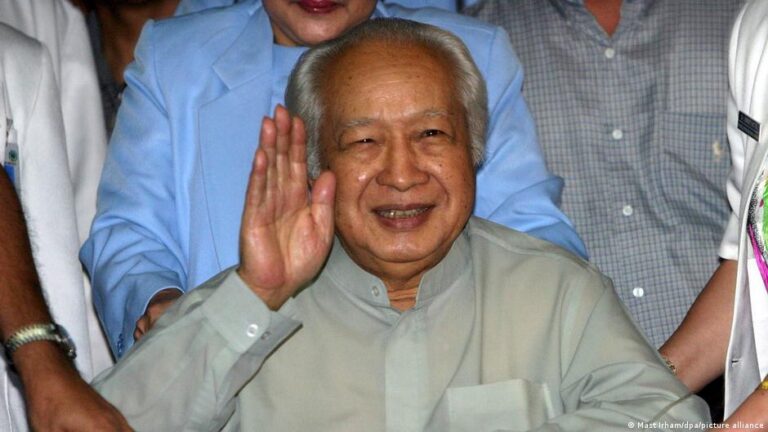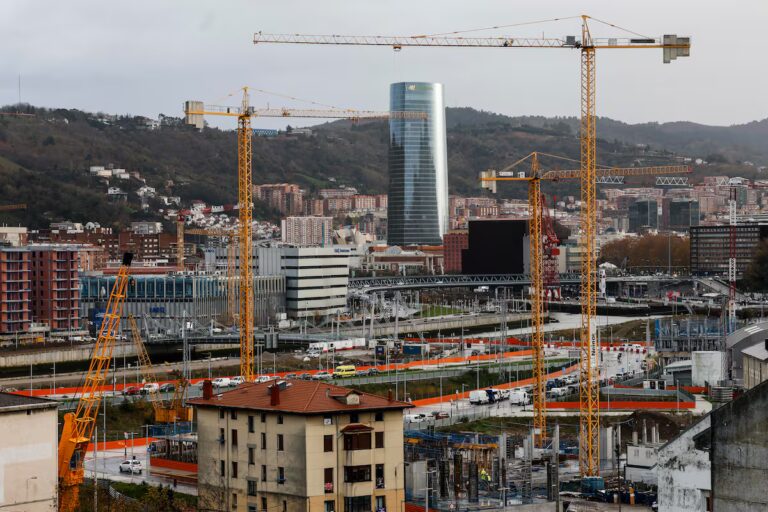
In the not too distant future, Brazil’s population will begin to decline. Just 18 years later, in 2042, the country’s population will begin to decline, while the proportion of older people will only increase. The data comes from the 2024 population projections released by IBGE this Thursday, the first to be based on 2022 Census data. This subject was chosen as the theme for this year’s Enem essay. “Perspectives on aging in Brazilian society”.
An animated infographic developed by GLOBO shows how rapidly the country is aging.
The institute’s previous projections had predicted population decline would begin around 2048, but new indicators show the number of inhabitants will reach a peak of 220,425,289 in 2041, less than two decades later.
- article: Brazil is experiencing a demographic revolution
- “50s” country: See what Brazil will look like by 2070 in this animated graphic, based on 2022 Census data.
This number is expected to continue to decline until 2070 (the final year of the IBGE projections), reaching 199,228,708 people, a decline of more than 0.67% per year.
— Our 2018 projections predicted that this population decline would begin in the late 2040s, near 2048. Looking at the graph, it seems that the previous prediction was stable. After the pandemic, there was a downward trend. Marcio Minamiguchi, IBGE’s population forecasting and estimation manager, explains that the rate of decline is increasing.
In some states, this process is even faster. For example, Rio de Janeiro will only have four years before its population starts to decline in 2028. In the states of Rio Grande do Sul and Alagoas, population loss is scheduled to begin in 2027.
- Are you young or old? Click to see your state’s current average age and 2070 average age
Fast or slow, most states are seeing a decline. Only Mato Grosso shows growth in the coming years and beyond 2070.
As the number of elderly people increases, the number of births will decrease
One of the causes of this population decline is a decline in the birth rate and the number of births, which is expected to decline from 3.6 million people per year in 2000 to 2.6 million people in 2022, and to 1.5 million people in 2070. These numbers also have an impact on the aging of the population.
From 2000 to 2023, the proportion of older people (60 years and older) in Brazil’s population almost doubled, rising from 8.7% to 15.6%. If today the largest proportion (26.2%) is between the ages of 40 and 59, by 2042 the elderly will already be the largest age group. By 2070, approximately 37.8% of the population will be elderly.
- When will your state “downsize”? Click to see 2022 Census projections
As a result, the average age of the population is also increasing. In 2000, it was 28.3 years. In 2023, is expected to rise to 35.5 years and reach 48.4 years in 2070. In states such as Rio de Janeiro and Rio Grande do Sul, the number of people aged 60 and over already exceeds the number of people aged 0-14.



